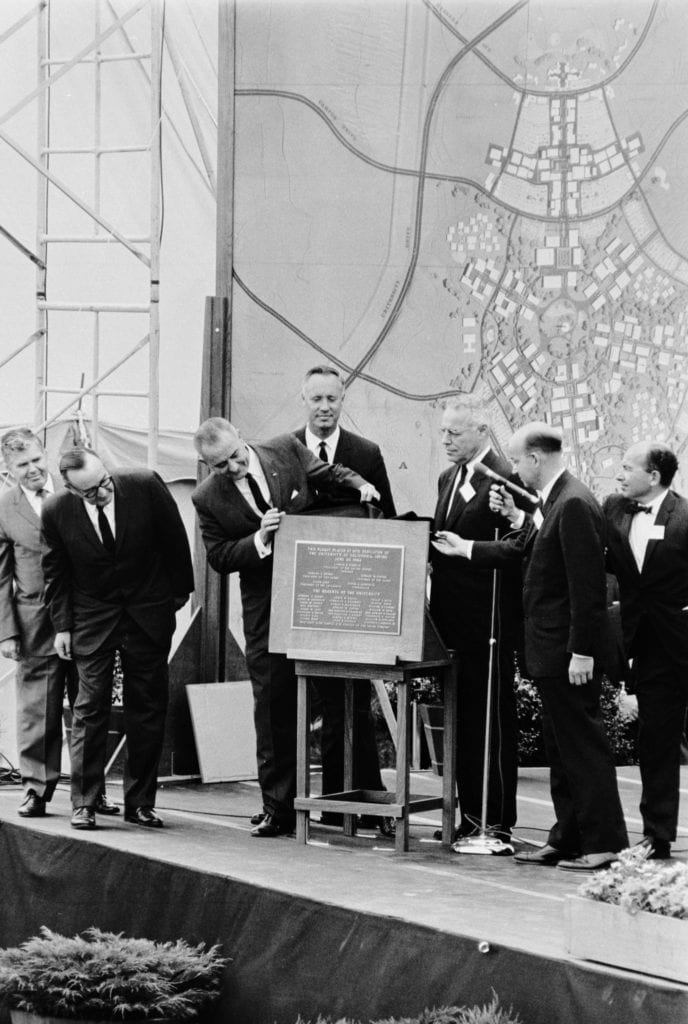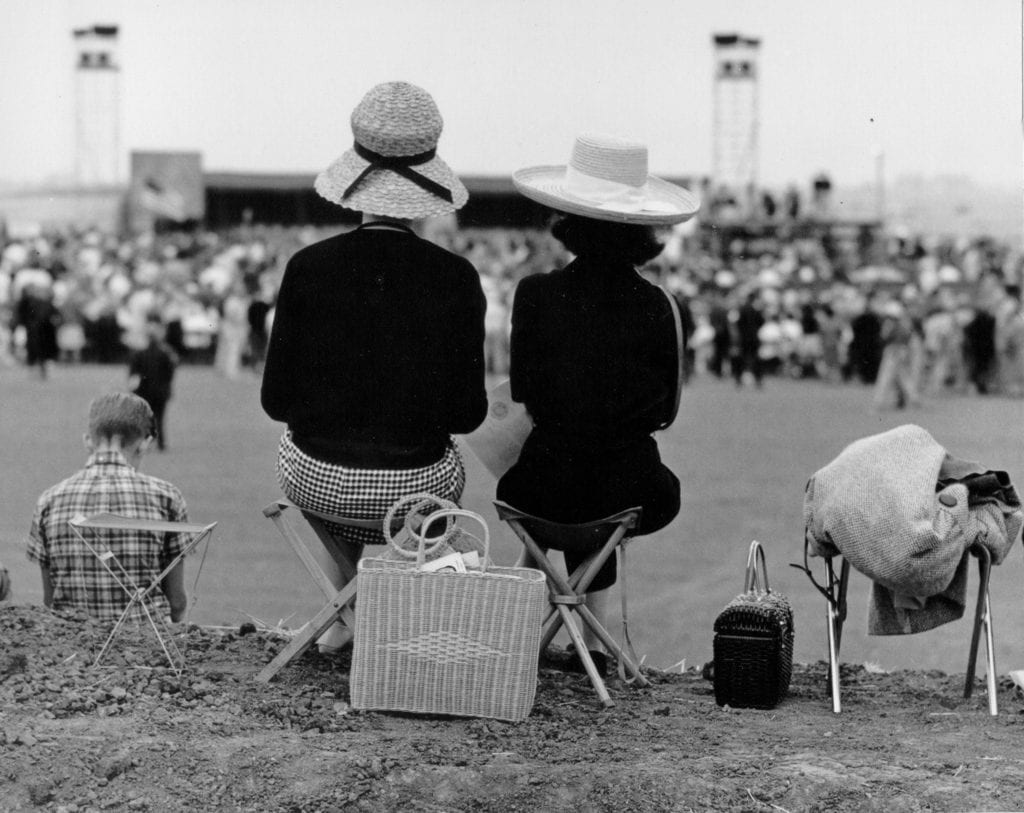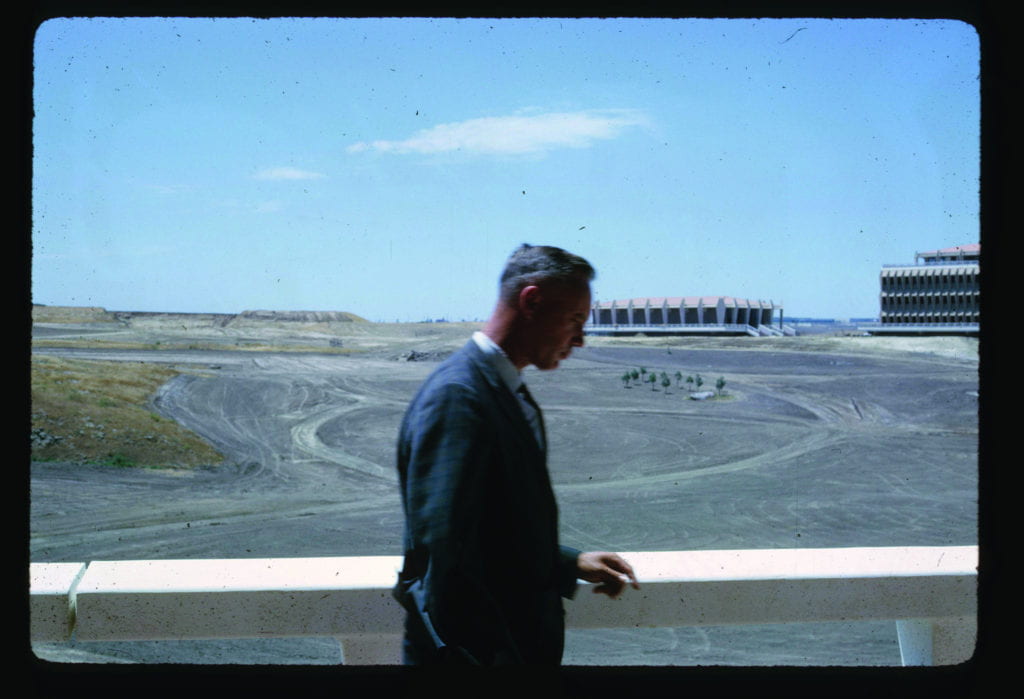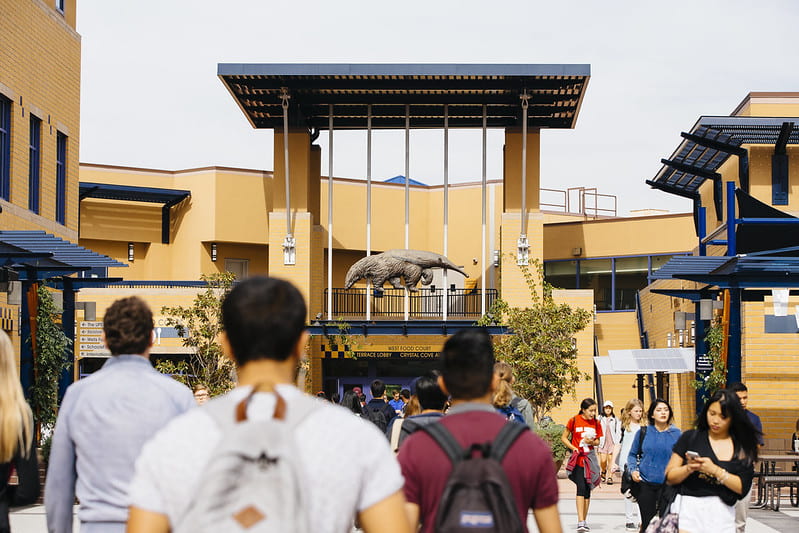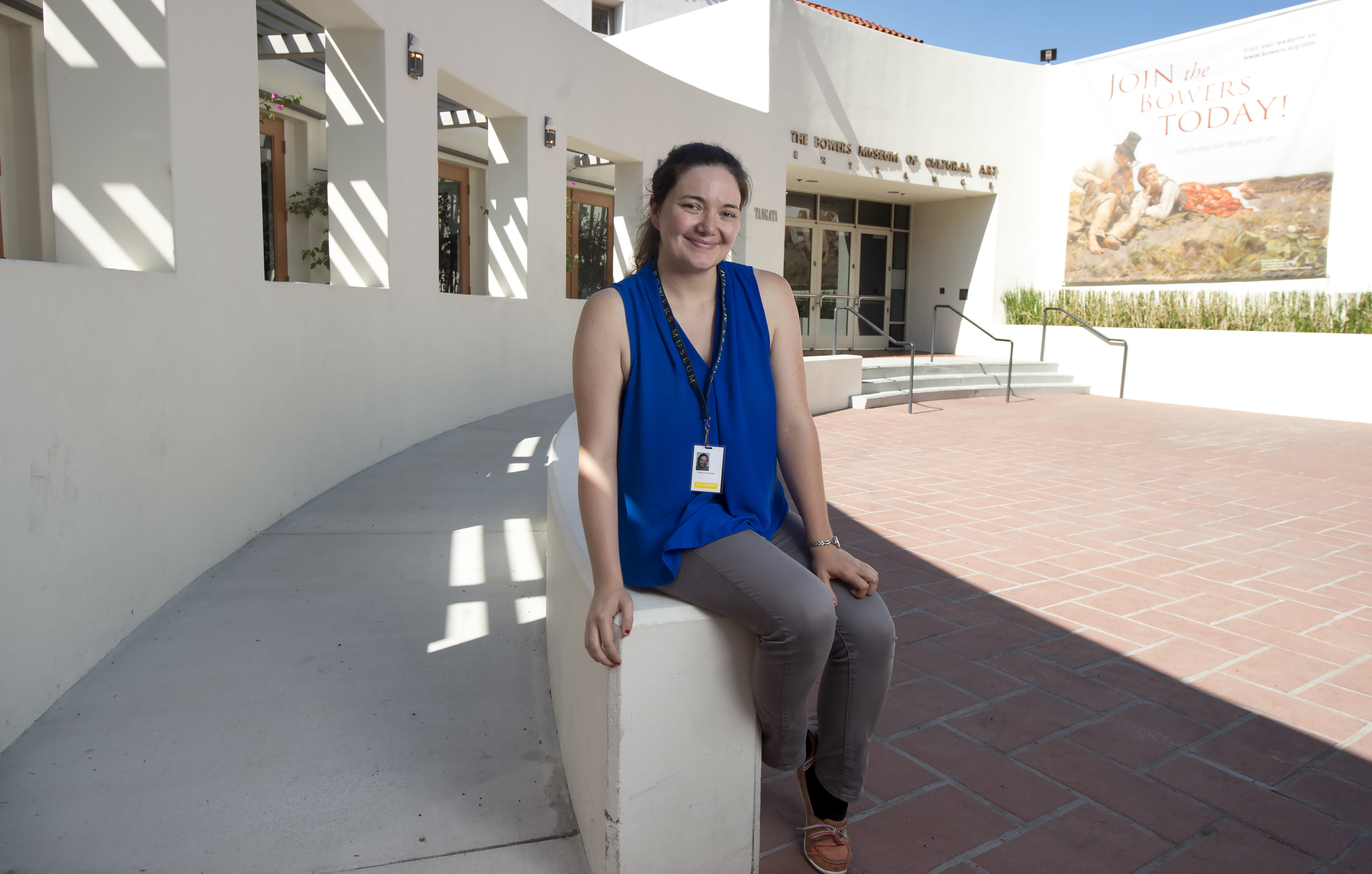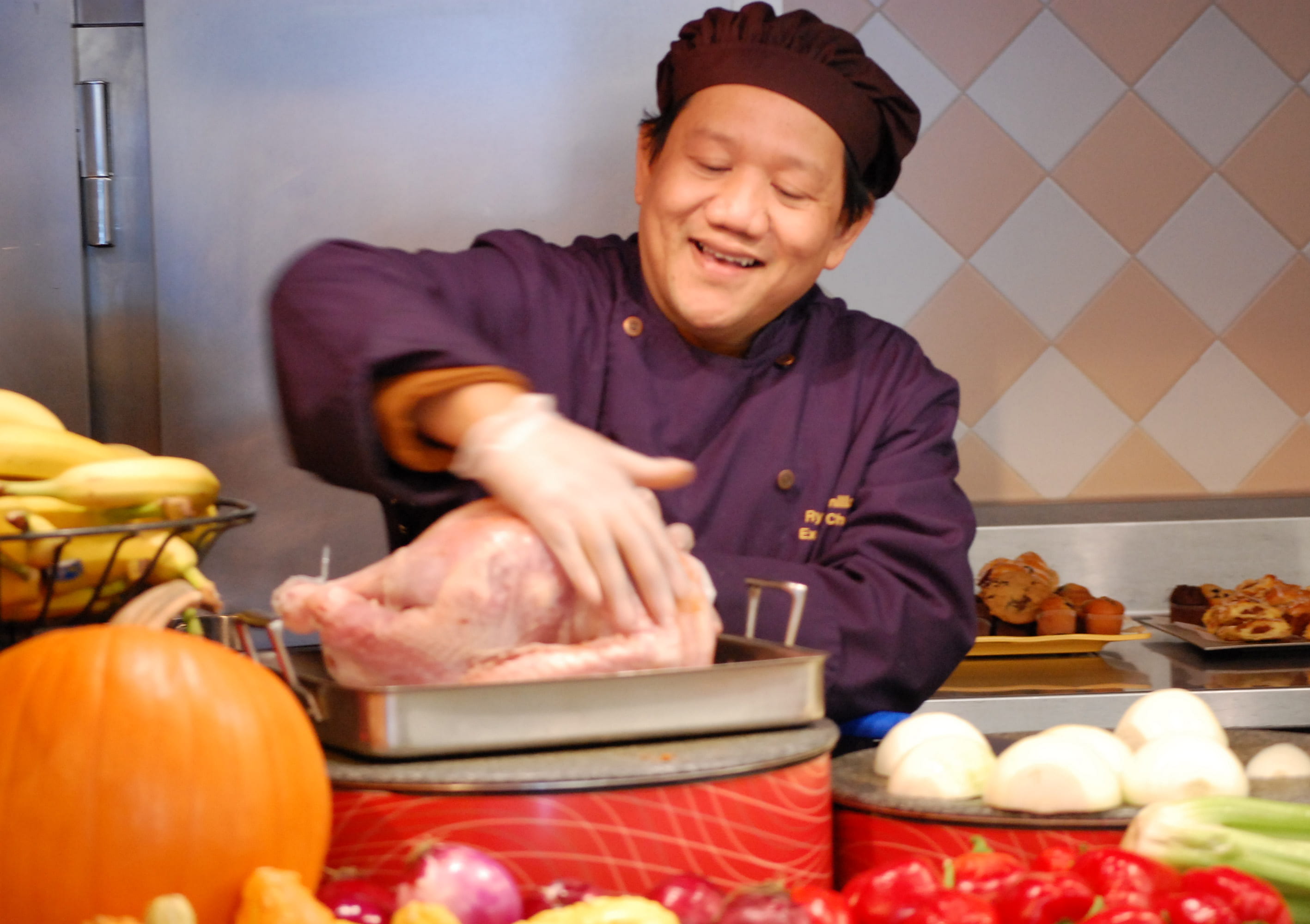A blue & golden anniversary
As UC Irvine turns 50, the campus community celebrates a ‘bright past’ while anticipating a ‘brilliant future’
With a commencement ceremony headlined by a sitting U.S. president, UC Irvine on June 14 officially kicked off its 50th anniversary celebration – one that will span two years, feature a variety of campus events, and engage Anteaters near and far. It’s going to be epic.
United by the theme “Bright Past, Brilliant Future,” anniversary observances will include beloved traditions such as Celebrate UCI, homecoming and Lauds & Laurels as well as special one-time happenings, all continuing through the June 2016 commencement.
“That window of time will allow us to celebrate the campus and the academic, research and co-curricular legacy we’ve created,” says Thomas A. Parham ’77, vice chancellor for student affairs and chair of the anniversary planning committee. “There will be opportunities to honor the past and platforms from which to launch initiatives to move us toward even greater achievements in the future.”
Save the date
Although it’s still a year off, planning is already underway for one of the anniversary’s main events: a weekend jubilee to be held Oct. 2-4, 2015, to commemorate the campus’s first day of classes, Oct. 4, 1965. The jubilee will include a big bash on Saturday, Oct. 3, and everyone’s invited.
“We belong to the nation; we belong to the world. But we have an enduring connection with the local community,” Parham says. “We grew up with Irvine and Orange County. We want to reinforce this, so we’re extending invitations for community members to get involved, even as we highlight all of the ways UCI has positively impacted their lives.”
The public also will be welcome at arts events, academic symposia, research demonstrations and other programs. Details about upcoming happenings will be posted on UC Irvine’s anniversary website, 50th.uci.edu, as they become available.
In addition, stories of those who helped transform the campus from ranch to research institution have been captured in a 50th anniversary book, UC Irvine: Bright Past, Brilliant Future, to be published next spring (http://bookstore.tmiltd.com/products/uci).
To give back to the community, UCI is also launching a 50 for 50 Volunteer Program, encouraging everyone to donate 50 hours or more of their time and talent to signature events over the two-year anniversary period, with an ultimate goal of 50,000 hours of volunteer service (more: 50th.uci.edu/volunteer/index.html).
See how we’ve grown
The 50th celebration aims to touch as wide an audience as possible, with due focus on the UC Irvine family – alumni, students (and their parents), faculty, staff and community supporters.
Debbie Daniel ’73, the planning committee’s alumni representative (see related story), hopes the milestone will strengthen ties with the campus’s more than 162,000 alumni.
“A lot of them still live in Orange County,” she says. “It’s a matter of contacting them and saying, ‘Hey, you’re an Anteater. You should come back to campus to see how it’s changed.’”
In particular, they might be surprised at how homecoming – to be held Saturday, Jan. 31 – has developed into a family-friendly street festival that draws thousands of Anteaters.
“Fifteen years ago, we got 23 people to go to homecoming,” Daniel jokes. “It looked like a rainy-day tailgate [party].”
There’s also the Newkirk Alumni Center, a grand new home for those visiting their alma mater. Daniel encourages people to join the UCI Alumni Association (general membership is free) and check the website (alumni.uci.edu) for news on upcoming events.
“We’re working to create a whole community of graduates who are loyal to UC Irvine,” she says.
Second to none
For longtime faculty members, the anniversary is a time to share memories of the campus’s early days and hopes for its future.
Founding faculty member Norman Weinberger, research professor of neurobiology & behavior and a fellow of the Center for the Neurobiology of Learning & Memory, started at UC Irvine on Jan. 1, 1965, lured by the opportunity to work at a new university.
“Ours was the first brain behavior department in the world,” says Weinberger, who was joined by James McGaugh (see related story) and Richard Whalen. “We tried to build a sense of community instead of a place where people just retreat to work by themselves in labs. We provided mutual support, collegiality. Everyone here benefited from it, including myself.”
A pioneer in his field, Weinberger has for decades shed light on how the brain learns and remembers. He’s still researching and teaching, and was recently awarded a five-year grant from the National Institutes of Health to further explore how memories are stored in the mind.
While he’s proud of UC Irvine’s rapid evolution into a world-class research institution, Weinberger says more effort is needed to raise the campus’s profile.
“I think we’ve done quite well, but a lot of people don’t realize it. I don’t think they understand that we’re a premier research university,” he says. The London-based Times Higher Education, for instance, has ranked UC Irvine No. 1 among U.S. universities under 50 for three consecutive years.
“This is a vibrant place,” Weinberger says. “We have to be more visible in Orange County and Southern California. Excellence requires resources. By generating [more] public support, we can be even better.
“The real challenge we face is to not assume UCLA and Berkeley will always be at the top. We love them, but we’re not giving up the field to them. We should strive to be the very best public university in the world.”
Turning the big 5-0
As a psychologist, Parham views UC Irvine’s anniversary as a time of reflection and renewed purpose, much as people experience when they reach the half-century mark.
“In midlife, you’re connected and anchored to the community. You’ve had a pretty substantial career, and you have these deep relationships,” he says. “What’s true about the human condition can apply to an institution. People begin to assess what they’ve done, where they’ve been, and where they want to be as they continue to grow.”
While excelling in many key areas, the university still has room to improve, notes Parham, a longtime staffer and adjunct faculty member who has been watching the campus evolve since he was a social ecology undergrad in the ’70s. (His brothers, William D. Parham ’74, M.A. ’76 and Gerald D. Parham ’77, are also alumni.)
“Our diversity has increased tremendously in 50 years, but we still have low [representation] in areas such as African American and Native American students,” he says.
Susan V. Bryant, professor emerita in developmental and cell biology and associate executive vice chancellor for research, has served in many administrative roles and played a pivotal role in moving the campus toward greater gender and ethnic diversity.
“I arrived at UCI in 1969 as a new assistant professor and the first woman in my department. I realized immediately that women faculty in the sciences were a distinct minority,” she says. “I can recall, as if it were yesterday, being called a female chauvinist sow by a distinguished senior male colleague for commenting on the gender imbalance in the sciences.”
In 2000, as the new dean of biological sciences, Bryant successfully applied for an ADVANCE grant from the National Science Foundation to boost the number of women and, in later years, minorities in academic science careers.
“The ADVANCE Program at UCI provided a pathway to the diversification of the faculty that exists today,” she says, “and it continues to ensure that academic recruitment, advancement and retention campuswide are free of gender and ethnic bias.”
Such soul-searching can benefit any institution – or person, Parham notes.
“At UCI, we’re not experiencing a midlife crisis but midlife clarity,” he says. “We’ve got the good sense to look back at the incredible ways we’ve grown and clarity about what we aspire to do and hope to become: a light and inspiration in the world.”
